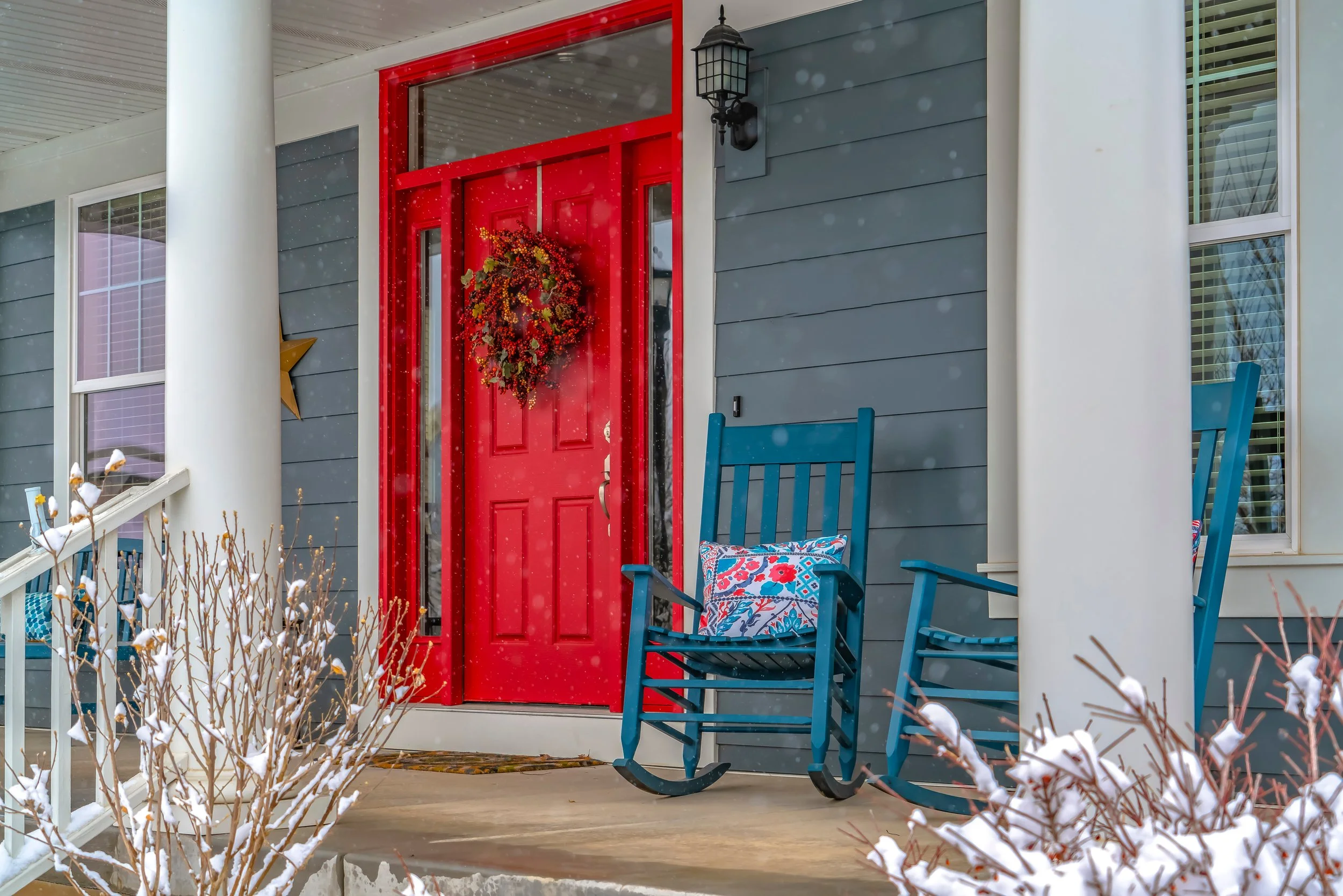Prep Your Home for Winter: Essential Maintenance Tasks for November
As the crisp autumn air settles in, November is the perfect time to start preparing your home for winter. Taking care of essential maintenance tasks now will help ensure your home is ready for the cold months ahead, prevent costly repairs, and keep your heating bills manageable. Whether you’re a seasoned homeowner or new to homeownership, these tasks are critical to protect your property and ensure comfort throughout the winter. Here are the key maintenance tasks you should tackle this November.
1. Inspect and Clean Gutters
One of the first things to check off your list is your gutters. As trees shed their leaves, your gutters can become clogged, leading to drainage issues and potential water damage. Clogged gutters can cause ice dams in the winter, which can damage your roof and lead to leaks. Take the time to clear out leaves and debris, and ensure downspouts are directing water away from your foundation. If you don’t feel comfortable cleaning them yourself, consider hiring a professional to handle the task.
2. Check and Seal Air Leaks
Before the temperatures drop further, inspect your home for any air leaks. Drafts around doors, windows, and other entry points can lead to significant heat loss, causing your heating system to work overtime. Check for cracks or gaps and apply weatherstripping or caulking where needed. Pay particular attention to areas around windows, doors, and any spaces where utilities enter the home. Sealing these leaks will keep warm air inside and lower your energy bills throughout the winter.
3. Service Your Heating System
November is the ideal time to service your heating system before you need it full-time. Whether you have a furnace, heat pump, or boiler, regular maintenance ensures it runs efficiently and safely. Replace your furnace filters and schedule a professional inspection to check for any issues that could cause breakdowns or inefficiencies. A well-maintained system will not only keep your home comfortable but also prevent costly repairs down the road. Plus, an efficient heating system helps reduce energy consumption, which will save you money all winter long.
4. Inspect and Clean Your Chimney
If your home has a fireplace, now is the time to have your chimney inspected and cleaned. Over time, creosote buildup can become a fire hazard. A certified chimney sweep can remove debris and ensure your fireplace is ready for safe use. Even if you don’t use your fireplace often, it’s essential to check for obstructions like birds’ nests or other debris that may have settled in the chimney over the summer. This ensures proper ventilation and safety when you decide to enjoy a cozy fire on a chilly evening.
5. Drain and Store Outdoor Hoses
Freezing temperatures can damage your outdoor water systems, so don’t forget to drain and disconnect all outdoor hoses before the first frost hits. Leaving hoses attached can cause water to freeze in the pipes, leading to cracks or bursts. Once disconnected, store hoses in a shed or garage, and shut off the water supply to outdoor faucets if possible. Installing frost-free spigots or insulating covers for outdoor faucets is another great step to prevent winter plumbing issues.
6. Inspect Your Roof and Attic
Your roof is your home’s first line of defense against winter weather, so it’s important to check it for damage or weak spots. Look for missing, cracked, or damaged shingles, and make necessary repairs to prevent leaks from snow or ice buildup. It’s also a good idea to inspect your attic’s insulation to ensure it’s sufficient for keeping heat inside your home. Adequate insulation can significantly reduce heat loss, helping to keep your home warm and your energy bills down.
Prepare for Winter Now
Taking the time in November to complete these essential maintenance tasks will go a long way in preparing your home for the challenges of winter. From clearing gutters and sealing air leaks to servicing your heating system and checking your roof, these steps can prevent headaches and save you money on repairs and energy bills. A little proactive care now will ensure your home stays safe, warm, and energy-efficient all season long.

